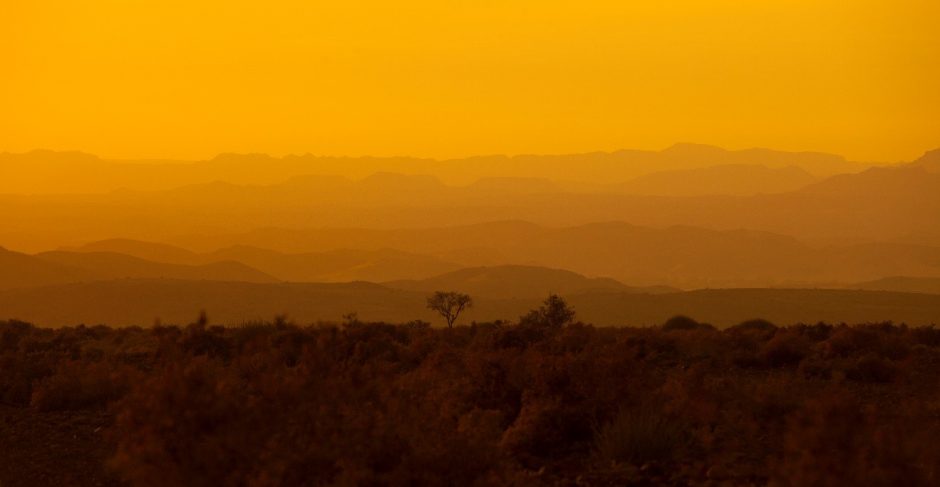
My Go-To Settings and Techniques for Landscapes in Namibia
When it comes to landscape photography, Namibia ranks up there with the absolute best places on the planet. Between towering dunes, craggy desert canyons, and salt pans that evoke a sense of awe and wonder, Namibia is other worldly.
If you are headed to this desert kingdom full of landscape photo opportunities, you’ll want to have your settings and your ideas ready to hit the ground running so that you maximize every single photo opportunity throughout the adventure.
Go-To Landscape Camera Settings
When photographing big landscapes, the first thing I’m thinking of is a wide depth of field. I want to get everything in sharp focus, so I’m going to set my aperture to f/8 and maybe even f/11 if I have enough light.
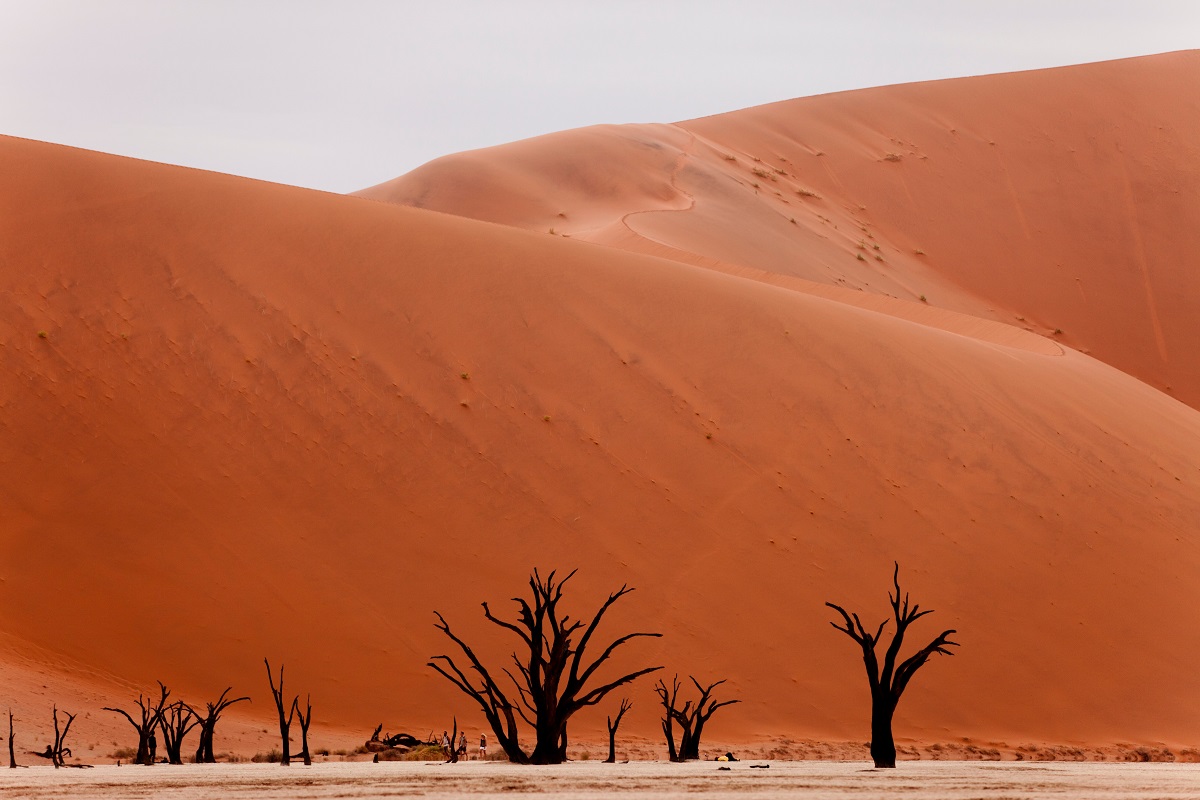
Shutter speed is really just a means to an end here. I’m not trying to get creative with fast or slow shutter—I just need to take it fast enough to freeze the shot and any sort of movement I have as I hold the camera.
A tripod can help a lot here, especially for low light mornings and evenings. However, I’ve found that it’s not critical—just a nice-to-have.
I’m usually looking at something around 1/250th of a second to make sure I freeze my own hand movement no matter the focal length.
ISO is another means to an end with landscape photography. I’m of course trying to shoot at a low ISO, ideally 400 or less. However, this is where some sort of stabilization can come in handy. If you are finding that to get f/8 and 1/250th of a second your ISO is 1600 or higher, a tripod will give you a much better shot—period.
So there you go—pretty solid landscape settings at f/8, 1/250th of a second, and ISO 400.
However, as you may know, your exact lighting considerations will change this “golden triangle” of aperture, shutter speed, and ISO, so just use these as starting points and adjust in order to nail the exposure.
The main thing you want to be inflexible on is an aperture of f/8 (f/11 is better).
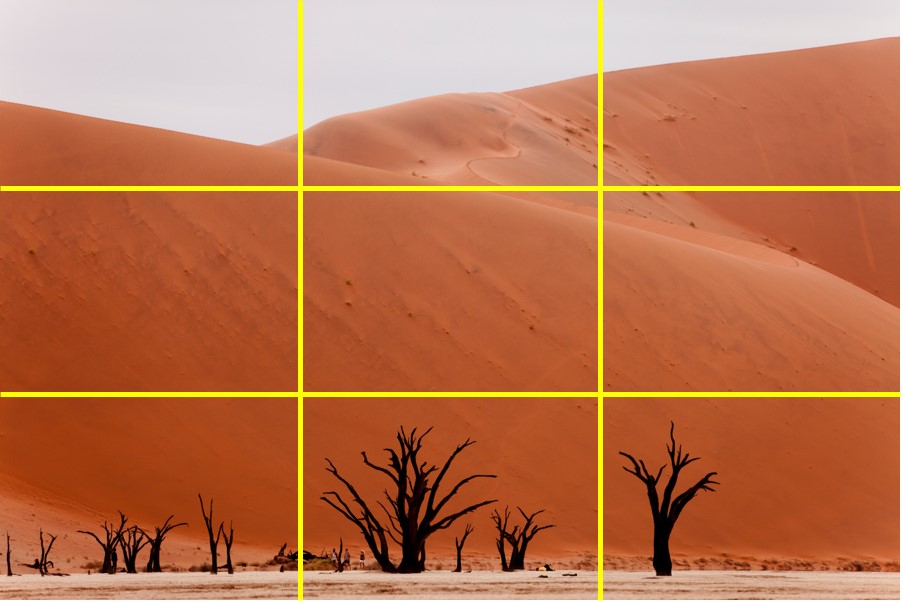
Composition for Landscape Photos
When it comes to photography rules, I generally start with the rules and then find a way to break them. But the key thing is that if you break them, you need to be able to justify it.
So, in practical examples, I would begin my composition with a classic rule of thirds composition like in the above.
Frankly, there is so much math behind the aesthetics of rule of thirds, it truly does make sense to follow this rule 9 times out of 10. But in those cases when you do want to be different, you can try exaggerating composition, such that your breakdown is at extreme edges of the photo. This creates a bit of tension in the scene and draws the eyes away from the minimized part of the shot. This can help emphasize the rest of the photo, or add a bit of intrigue or even irony in the minimized portion.
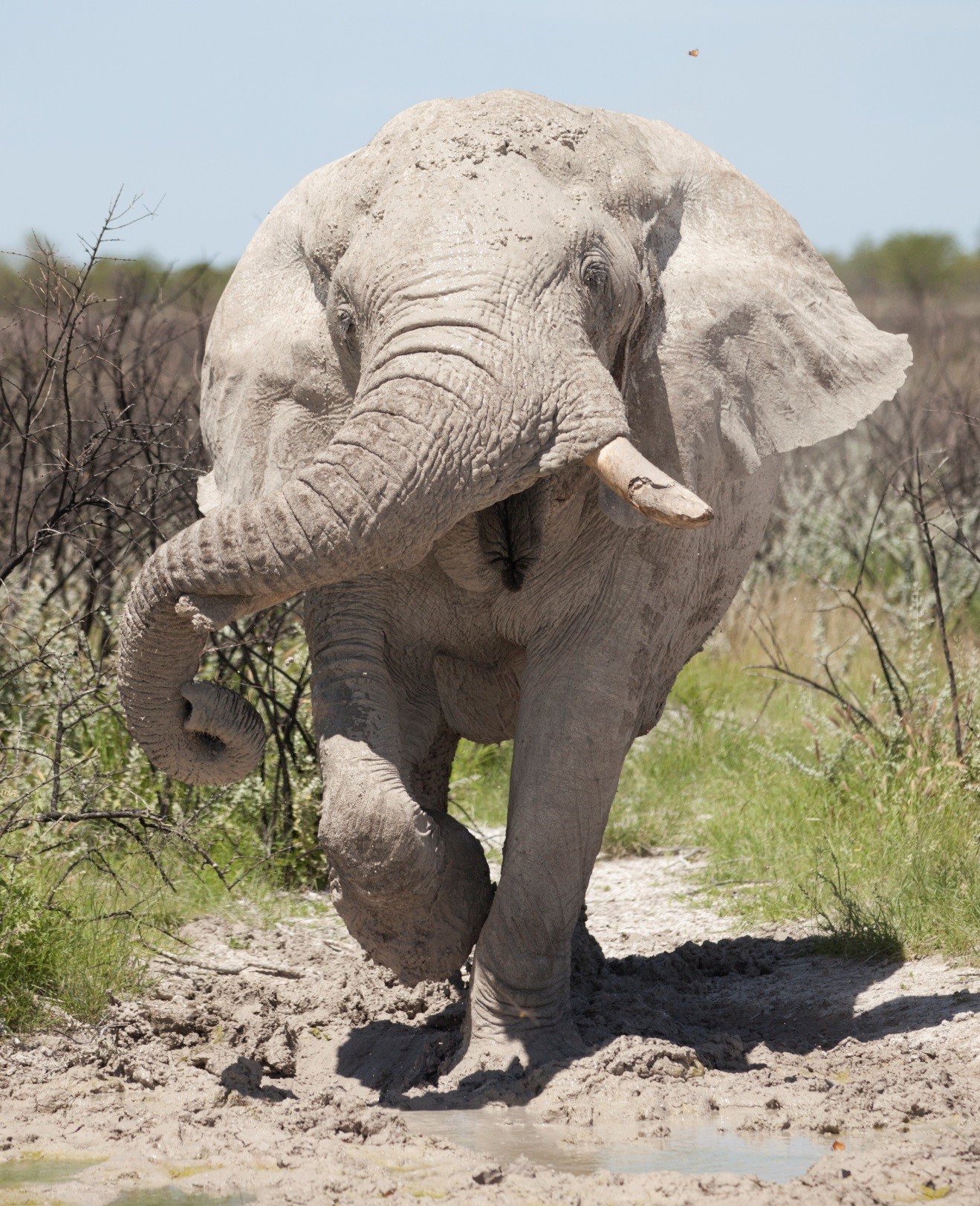
Or, you can place your subject smack dab in the middle of your photo. This is normally a golden no-no, but in certain cases a dead-middle subject can be quite captivating and aesthetic.
This works particularly well when you have a high degree of symmetry in your photo. Or in the case of wildlife photography (which is also great in Namibia!), a strong subject can justify a center-framed shot.
No matter what composition you go for, focus is going to still be your best friend.
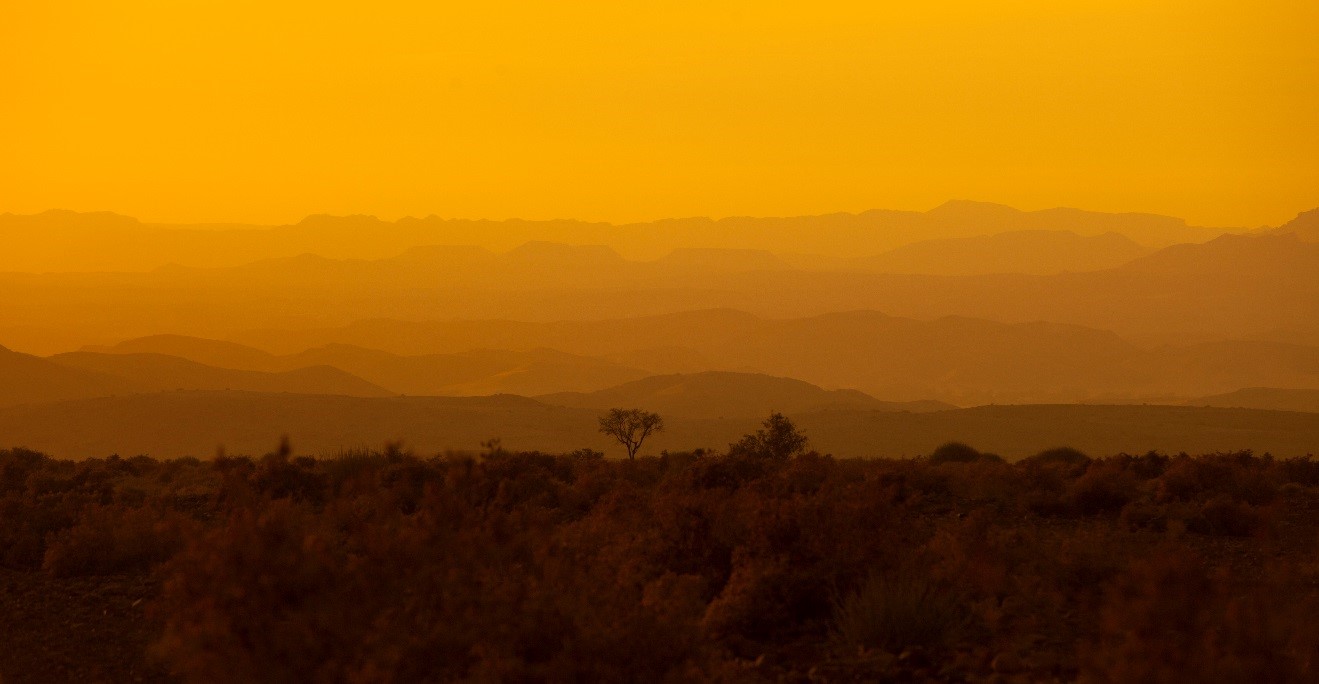
This comes from a wide depth of field (big f/number) and a good focal point. A tried and true method of focusing on a big landscape is to focus 1/3 of the way into the scene. This is often referred to as hyperfocus and is a quick and easy way of maximizing focus across all the key elements of a scene.
However, my other trick for nailing focus is to choose a foreground subject in my scene and focus on that…
Incorporate a Foreground “Subject” into your Landscape Photos
While landscape photography in a place like Namibia is at the opposite end of the spectrum from portrait photography, you are still best served if you feature a subject in your landscape photos vs. just taking photos of uniform, pretty scenery.
A subject makes the photo quite a bit more compelling, gives the viewer something to focus on, provides context to the rest of the shot, and also serves as a focal point of your photo.
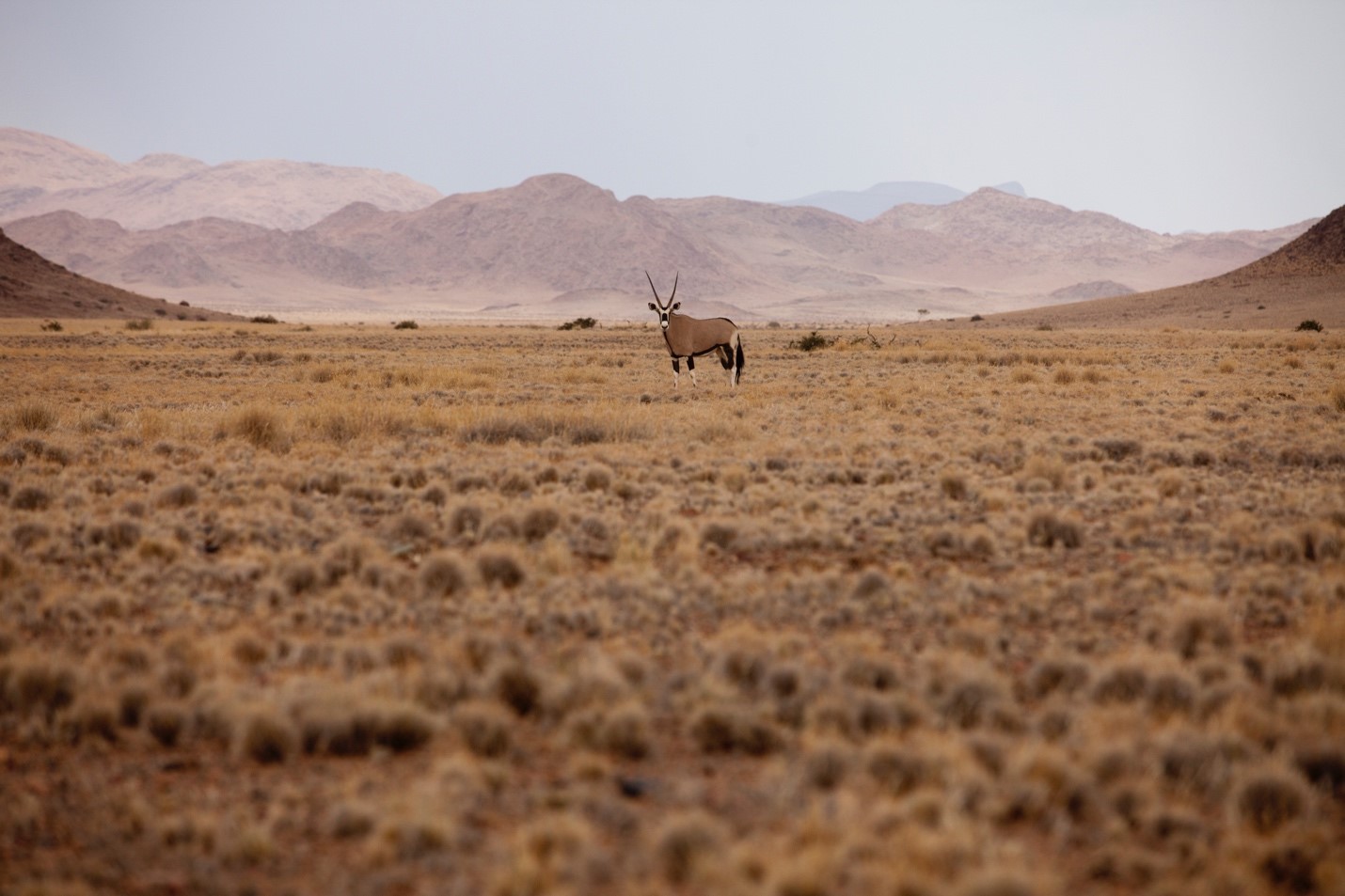
While big landscape photos of Namibia really speak for themselves, one surefire way to improve even the best photo is to find a compelling foreground element and incorporate that into a captivating composition.

Namibia is as grand as any for being a premier landscape photography destination.
If it were just the scenery alone, it would be stupendous. But when you add the extra touch of wildlife, Namibia stands out as exemplary for all nature photography. I hope you find a way to get there on a Namibia Photo Adventure, as it’s just to be even better than I’m describing!
All the best,

Court
Leave a reply